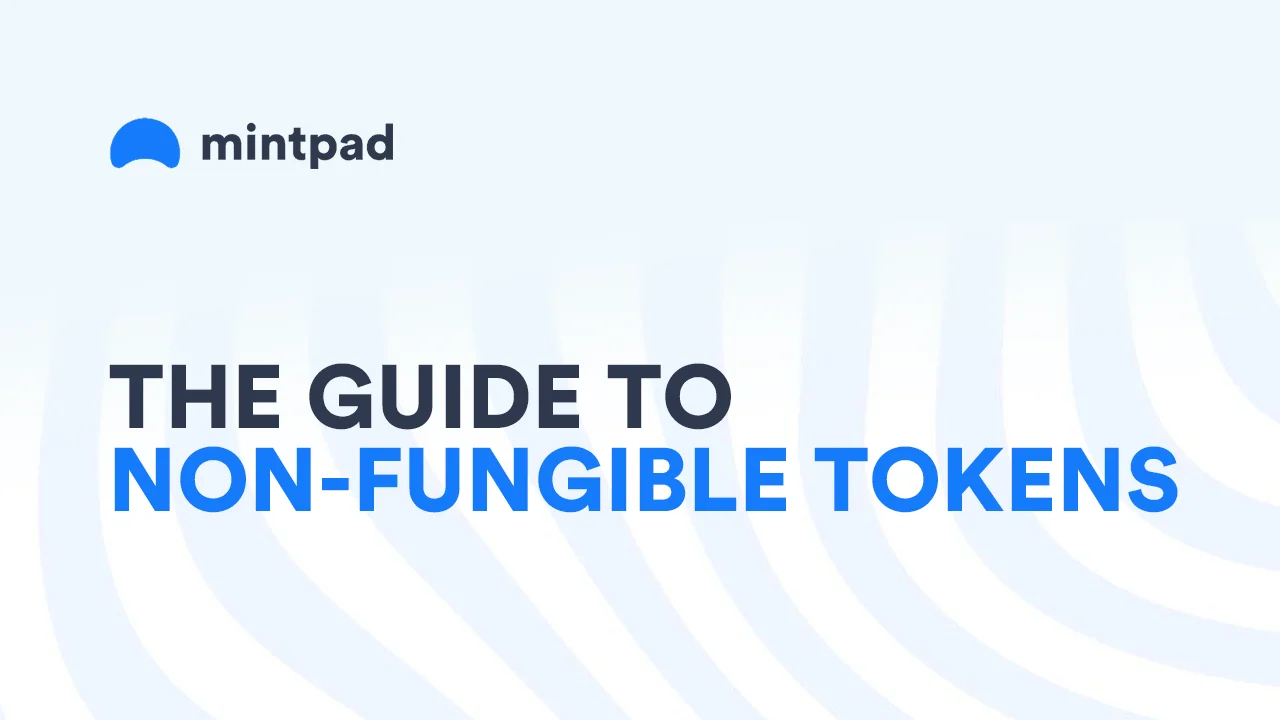The Comprehensive Guide to Non-Fungible Tokens

Introduction
Non-Fungible Tokens (NFTs) have taken the digital world by storm. From art to music, these unique digital assets are redefining ownership and value in the digital age. Dive into this comprehensive guide to understand the intricacies of NFTs.
What Are NFTs?
NFTs, or Non-Fungible Tokens, are unique digital assets verified using blockchain technology. Unlike cryptocurrencies such as Bitcoin or Ethereum, each NFT is distinct and cannot be exchanged on a one-to-one basis with any other token. This uniqueness and the ability to verify authenticity have made NFTs particularly valuable for collectibles, art, and other digital goods.
Key Features:
- Digital Authenticity: Each NFT contains metadata and unique identification codes ensuring its authenticity.
- Indivisibility: NFTs cannot be divided into smaller units and sold.
- Interoperability: They can be used across different applications and platforms.
- Provable Ownership: Blockchain verifies the ownership of NFTs, ensuring that owners can prove they own the NFTs.
History and Evolution of NFTs
The concept of NFTs has been around since 2014, but they gained significant notoriety with the sale of digital art and collectibles. Platforms like NBA Top Shot and artists like Beeple have made headlines with sales reaching millions of dollars.
The Technology Behind NFTs
NFTs exist on a blockchain, a decentralized digital ledger. Most NFTs reside on the Ethereum blockchain, but other blockchains support them as well. The blockchain verifies the authenticity and ownership of the NFT, ensuring that each token is unique.
Understanding Fungibility
In the world of cryptocurrencies, assets like Bitcoin or Ethereum are “fungible,” meaning each unit is the same as every other unit. NFTs break this mold by being “non-fungible,” meaning each token has a unique value.
How Do NFTs Work?
NFTs are created or “minted” from digital objects that represent both tangible and intangible items. This could be anything from digital art, GIFs, videos, and even tweets. For instance, Twitter co-founder Jack Dorsey sold his first-ever tweet as an NFT for more than $2.9 million.
Use Cases for NFTs
NFTs are revolutionizing various industries:
- Art: Digital artists can now sell their work directly without intermediaries.
- Music: Musicians can sell their music as NFTs, providing a new revenue stream.
- Real Estate: Virtual real estate is now being bought and sold as NFTs.
- Collectibles: From trading cards to virtual pets, collectibles have found a new life in the digital realm.
Popular NFT Platforms
Several platforms have emerged as marketplaces for NFTs:
- OpenSea.io: A peer-to-peer platform for rare digital items.
- Rarible: An open marketplace that allows artists to issue and sell NFTs.
- Foundation: A platform where artists need an invitation or upvotes to post their art.
NFTs vs. Other Types of Currency
While both NFTs and cryptocurrencies use blockchain technology, they serve different purposes. Cryptocurrencies are a medium of exchange, while NFTs represent ownership of a unique item.
Benefits and Advantages
Owning an NFT means owning an original. This “digital bragging rights” concept has made NFTs particularly attractive to collectors and investors.
Risks and Controversies
Like any investment, NFTs come with risks. Their value is subjective, and the market is still young and volatile. It’s essential to do thorough research before diving in.
Future of NFTs
The future of NFTs remains promising. As more industries recognize their potential, we can expect more innovation and use cases to emerge.
Frequently Asked Questions (FAQs)
- What are NFTs?
Unique digital assets verified on a blockchain. - How do I buy an NFT?
Through NFT marketplaces using a digital wallet and cryptocurrency. - Are NFTs a good investment?
Like any investment, it’s essential to do your research and understand the risks.
Conclusion
NFTs are reshaping the digital landscape, offering new opportunities and challenges. As the technology evolves, it will be fascinating to see where the world of NFTs takes us next.
